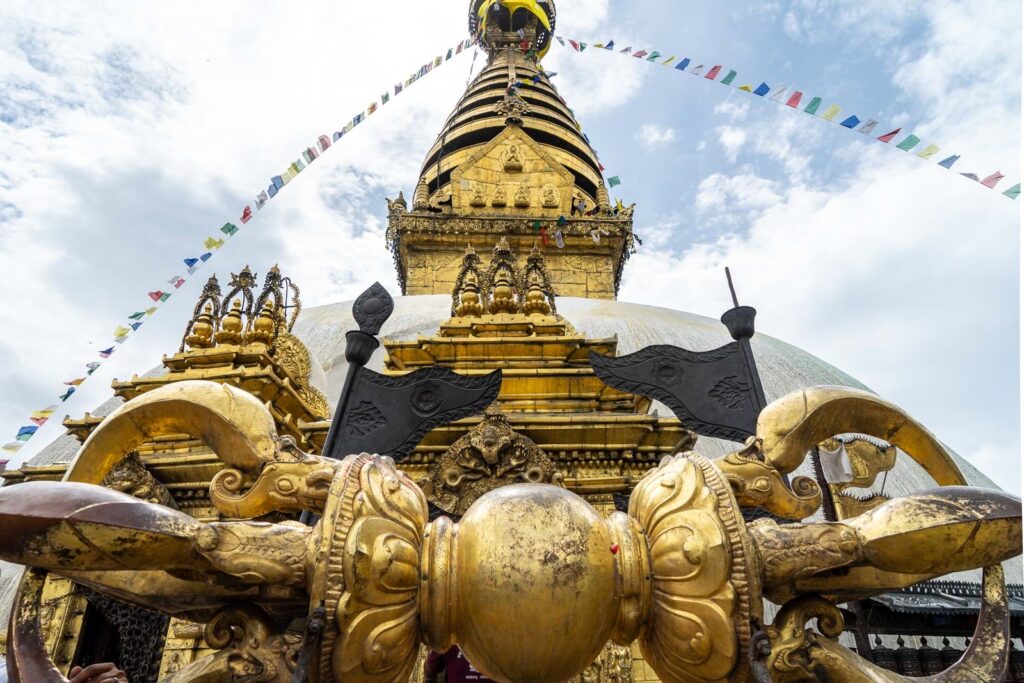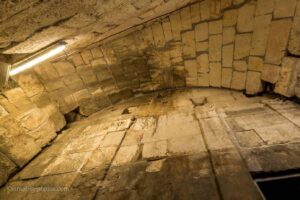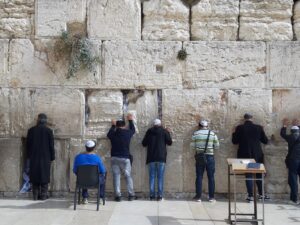Swayambhunath Stupa: Monkey Temple in Kathmandu
Nestled atop a hill in the vibrant city of Kathmandu, Swayambhunath Stupa, also known as the Monkey Temple, is a must-visit destination for anyone exploring Nepal. This ancient religious complex offers a unique blend of history, spirituality, and breathtaking views, making it a favorite among tourists and locals alike. Whether you’re drawn by its spiritual significance or the playful monkeys that roam the grounds, Swayambhunath promises an unforgettable experience.
What to See at Swayambhunath Stupa
As you approach Swayambhunath, the first thing you’ll notice is the iconic white dome and the golden spire adorned with the all-seeing eyes of Buddha. This stupa is one of the most recognizable symbols of Nepal and serves as a focal point for Buddhist worship. Surrounding the stupa are a series of smaller shrines and temples, each with its own unique charm and significance.
One of the highlights of visiting Swayambhunath is the panoramic view of Kathmandu Valley. From the top of the hill, you can see the sprawling city below, framed by the majestic Himalayas in the distance. It’s a perfect spot for photography enthusiasts or anyone looking to soak in the beauty of the region.
Don’t miss the opportunity to explore the various prayer wheels and colorful prayer flags that adorn the site. As you walk around the stupa, you’ll hear the soothing hum of monks chanting, adding to the serene atmosphere. And, of course, the resident monkeys are a constant source of entertainment, though it’s wise to keep your belongings secure as they can be quite mischievous.
A Bit of History and Interesting Facts
Swayambhunath is one of the oldest religious sites in Nepal, with its origins dating back over 2,000 years. According to legend, the valley was once a vast lake, and the stupa emerged spontaneously from the waters, hence the name “Swayambhu,” which means “self-created.” The site has been an important pilgrimage destination for Buddhists from all over the world.
The stupa’s architecture is rich with symbolism. The dome represents the world, while the spire symbolizes the path to enlightenment. The eyes painted on the stupa are said to watch over the valley, ensuring peace and harmony.
An interesting fact about Swayambhunath is its association with the Tibetan calendar. Every 12 years, a grand festival called “Swayambhu Purnima” is celebrated, attracting thousands of devotees who come to pay their respects and participate in the rituals.
Getting There and Tips for First-Time Visitors
Swayambhunath is conveniently located just a few kilometers west of Kathmandu’s city center. You can reach the site by taxi, which is the most straightforward option, or by taking a local bus if you’re feeling adventurous. The journey offers a glimpse into the daily life of Kathmandu’s residents, with bustling streets and vibrant markets along the way.
Once you arrive, be prepared for a bit of a climb. The main entrance involves ascending a steep staircase of 365 steps, which can be a bit challenging but is well worth the effort. Alternatively, there’s a less strenuous route accessible by vehicle that takes you closer to the top.
For first-time visitors, it’s important to dress modestly and respectfully, as Swayambhunath is a sacred site. Comfortable shoes are a must, given the uneven terrain and steps. Also, keep an eye on your belongings, as the monkeys are known for their curiosity and can be quite bold.
In summary, Swayambhunath Stupa is a captivating blend of history, culture, and natural beauty. Whether you’re seeking spiritual enlightenment or simply a memorable adventure, this iconic landmark offers something for everyone.








